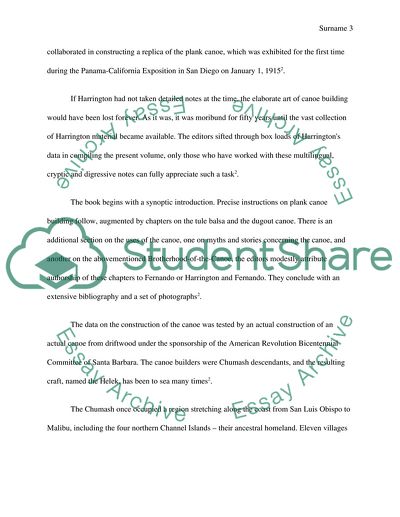Cite this document
(“Construction and Purpose of Chumash Tomol Coursework”, n.d.)
Construction and Purpose of Chumash Tomol Coursework. Retrieved from https://studentshare.org/history/1822997-buildingofthechumashtomol
Construction and Purpose of Chumash Tomol Coursework. Retrieved from https://studentshare.org/history/1822997-buildingofthechumashtomol
(Construction and Purpose of Chumash Tomol Coursework)
Construction and Purpose of Chumash Tomol Coursework. https://studentshare.org/history/1822997-buildingofthechumashtomol.
Construction and Purpose of Chumash Tomol Coursework. https://studentshare.org/history/1822997-buildingofthechumashtomol.
“Construction and Purpose of Chumash Tomol Coursework”, n.d. https://studentshare.org/history/1822997-buildingofthechumashtomol.


